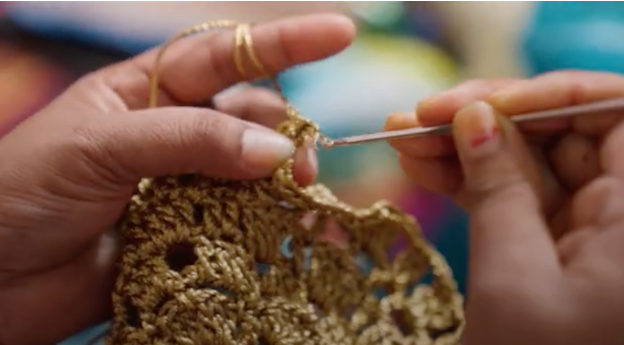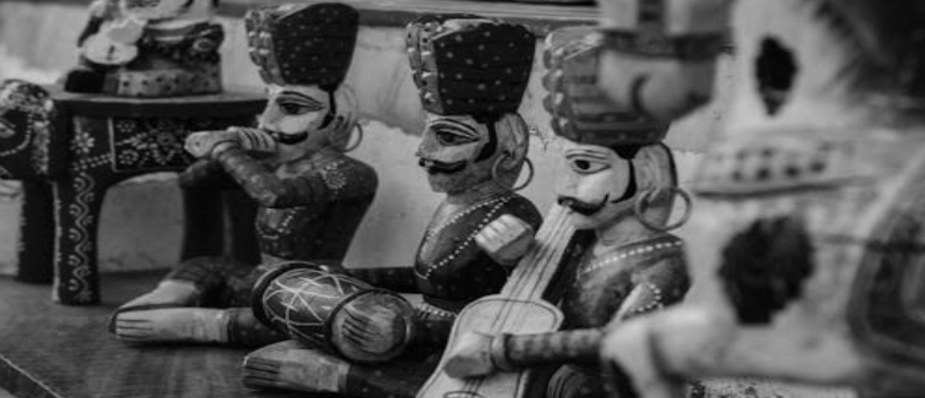What Is Natural Dyeing And Learn 6 Stages Of Natural Dyeing For Your Small Business
Jun 06, 2022 | Akshay M
 Extraction of Natural dyes starts from plants and their different parts like bark, roots, fruits, flowers, and other parts of plants and some natural minerals. Natural dyeing is a traditional practice done by many artisanal communities in different counties, and it has a significant play in the sustainable textile industry. Nowadays, Natural dyes are used in small quantities by Craftsmen. Another commercial use of natural dyes responds to concerns about synthetic dyes and environmental pollution. Natural dyes are a renewable source of dyes. However, natural dyes do not compete with artificial dyes in many commercial applications. Here in this article, you will get a complete guide on performing natural dyeing.
Extraction of Natural dyes starts from plants and their different parts like bark, roots, fruits, flowers, and other parts of plants and some natural minerals. Natural dyeing is a traditional practice done by many artisanal communities in different counties, and it has a significant play in the sustainable textile industry. Nowadays, Natural dyes are used in small quantities by Craftsmen. Another commercial use of natural dyes responds to concerns about synthetic dyes and environmental pollution. Natural dyes are a renewable source of dyes. However, natural dyes do not compete with artificial dyes in many commercial applications. Here in this article, you will get a complete guide on performing natural dyeing.
WHAT ARE DIFFERENT SOURCES OF NATURAL DYES?
These are 17 major sources of natural dyes and there are many others
Sr. No. | Common Name | Botanical Name | Quantity (gms/ltr) | Dye extraction time |
1 | Nyctanthes arbor - tristis(flower) | 5 | 45 min | |
2 | Carthamus tinetorius (flower) | 20 | 45 min | |
3 | Butea Monosperma (flower) | 40 | 45 min | |
4 | Lawsonia inermis (leaf) | 40 | 45 min | |
5 | Lawsonia inermis (seed) | 40 | 45 min | |
6 | Terminalia chebula (flower) | 20 | 45 min | |
7 | Punica granatum (fruit rind) | 20 | 45 min | |
8 | Allium cepa (skin) | 40 | 45 min | |
9 | Camellia sinensis (leaf) | 20 | 45 min | |
10 | Rubia cordofolia (stem) | 40 | 45 min | |
11 | Caesalpinia sappan(inner part) | 20 | 45 min | |
12 | Acacia Arabica (bark) | 40 | 45 min | |
13 | Acacia catechu (resin) | 20 | 45 min | |
14 | Onosmas echiodes (wood) | 40 | 45 min | |
15 | Curcuma longa (powder) | 20 | 45 min | |
16 | Pterocarpus santalinus(wood) | 40 | 45 min | |
17 | Helianthus (flower) | 40 | 45 min |
ADVANTAGES OF SYNTHETIC DYES
In sustainable practice, natural dyes are key players as they are environment friendly i.e., they are bio-degradable

1. Many natural dyes have medicinal properties.
2. Don't cause any skin problems or any side effects of consuming.
3. Best for obtaining earthy tones
LIMITATIONS OF NATURAL DYEING

1. Color fastness is not good and fades away early.
2. Challenging to achieve the exact shade every subsequent time.
3. It takes lots of raw material to extract color, and hence it's not cost-effective.
4. It isn't easy to source the coloring material in every season in large quantities.
5. The quality of the color may vary according to the quality and the geographical conditions of the coloring material.
Preparation of the cloth for natural dyeing
There are a total of 6 stages of dyeing. These are
a) Myrobolan treatment:

Cotton does not have an excellent affinity to all the vegetable / natural dyes. Myrobolan is one of the natural sources of tannic acid. Finally, the washing cloth is treated with a solution containing 20gpl
Myrobolan powder at 40 ° C for 15 minutes. By constantly moving. It is then released to wash and lightly dry before drying in the shade. It helps the fabric to get good dye absorption and achieve a dark shade. It also helps with the excellent penetration of mordants in cloth. Extra Myrobolan powder deposited on the fabric's surface is removed by striking the material with a miller, or the fabric is pummelled in a solid place.
b)Treatment with mordants:
The following five mordants are used to get five different color shades from vegetable / natural dye. This unique character of such dyes offers different shades when treated with it various mordants. Out of these five, tin, potassium dichromate, and copper sulfate are not considered natural in some countries.
Sr.No. | Name of the mordant | Quantity (gm/liter) | Treatment temperature | Time( min) |
1 | Tin ( Stannous chloride ) | 2 | 400 c | 15 |
2 | 10 | Normal | 15 | |
3 | 0.5 | 400 c | 15 | |
4 | 1 | 400 c | 15 | |
5 | 0.25 | 400 c | 15 |
The fabric is treated with the above mordants with regular stirring. Then it is taken out from the bath wash and squeezed evenly before drying in the shade.
c)Washing:
The dried cloth is now rinsed in the plain water to remove excess & unfixed mordant.

d)Dyeing:
Dyeing is carried out in two stages.
d/1)Dye extraction:
For the process of dyeing, vegetable / natural dyes are boiled with it Still water. The dye solution is filtered before adding to the dye bath.

d/2)Actual dyeing of the cloth:
It is made in a bath that contains a pre-extracted dye solution& water. The material is placed in a bath at 40 ° C, and the temperature slowly rises. Dyeing is done at 80 ° C for 45 minutes with constant stirring. dyed goods taken out of the bath, squeezed, and then fully open to drain. The temperature should be normal before bathing in clear water.

e)Soaping:
Dyed cloth washed in 1 gms soap / light neutral soap at 40 ° C for 15 minutes to remove the unfixed dye such that the fastness of materials improves.

f) Wash:
The dyed cloth is then thoroughly washed in plain water before drying in the shade.

g) DRYING
To remove excess dye, wash clothes in cold water. Rinse until the water runs out. Dry your clothes using a dryer or drying in the sun to remove water.

SHADE CARD FOR COMMON 34 NATURAL COLOUR SHADES
These color shades are obtained from 17 natural dyes from the table above reacting with alum & ferrous sulfate, these two mordants. These shades may vary according to the climate conditions & source place of the natural material.


CONCLUSION
Natural dyeing is a traditional practice done by many artisanal communities in different counties, and it has a significant play in the sustainable textile industry. Nowadays, Natural dyes are used in small quantities by Craftsmen. Though natural dyes can replace synthetic dyes entirely, it has their advantages over synthetic dyes. Many natural dyes also have antimicrobial properties, making them incredibly safe for children. In addition, natural dyes do not contain harmful chemicals or carcinogenic compounds, which are common in synthetic or synthetic dyes.
Recommended








